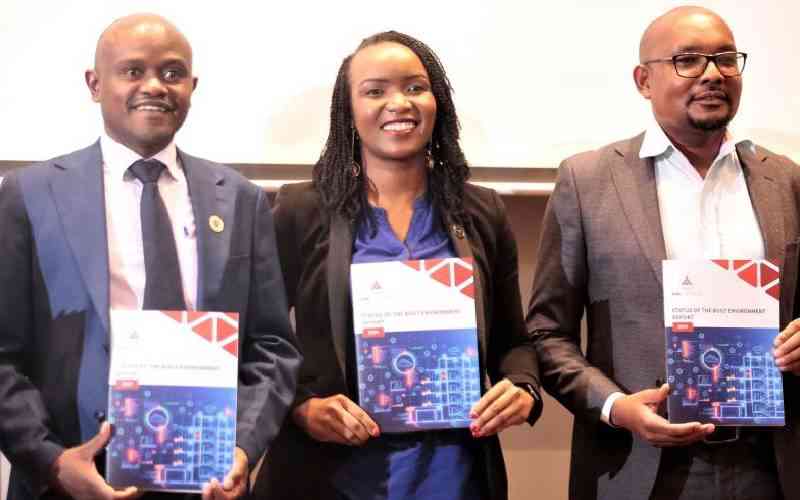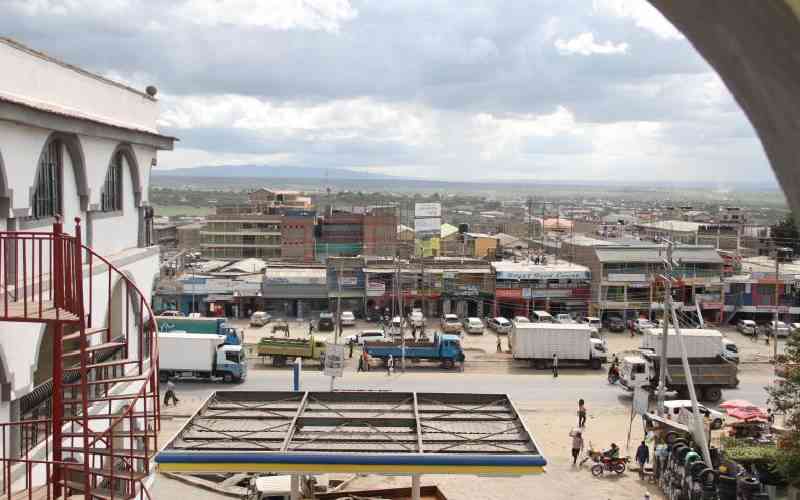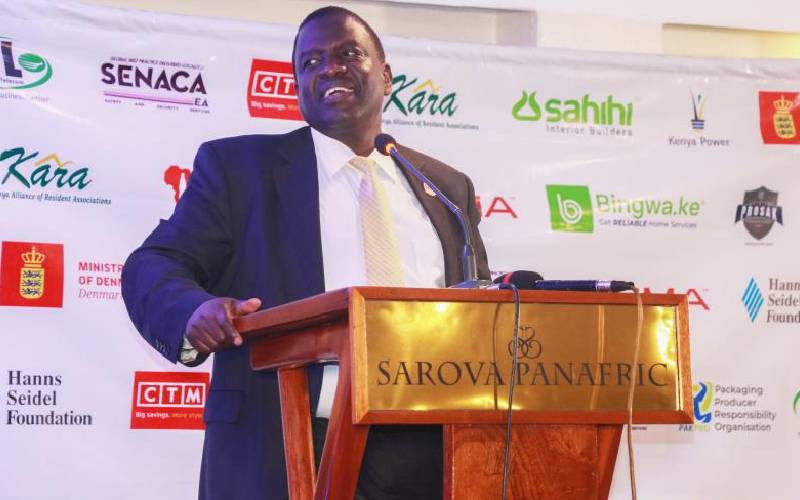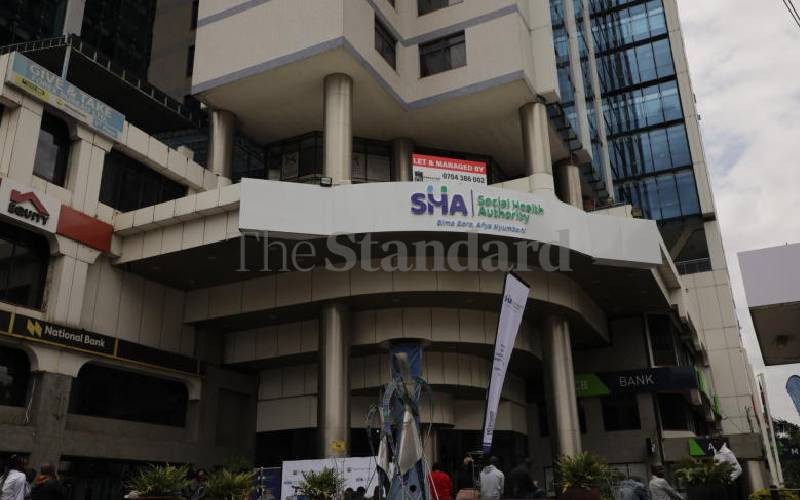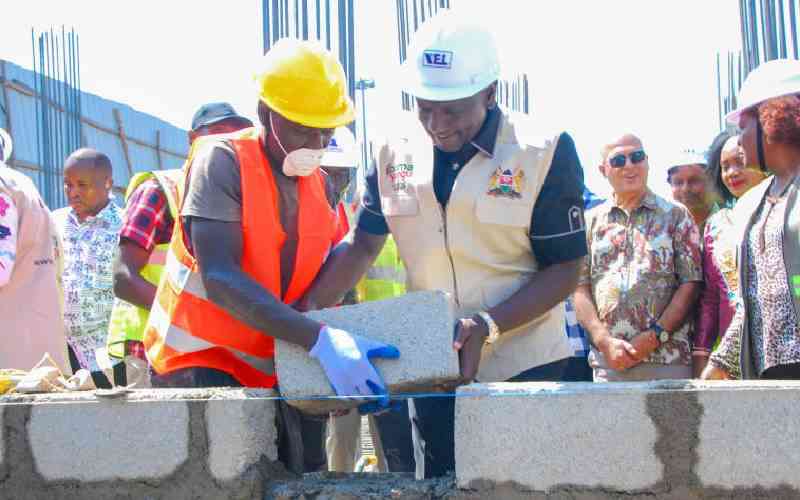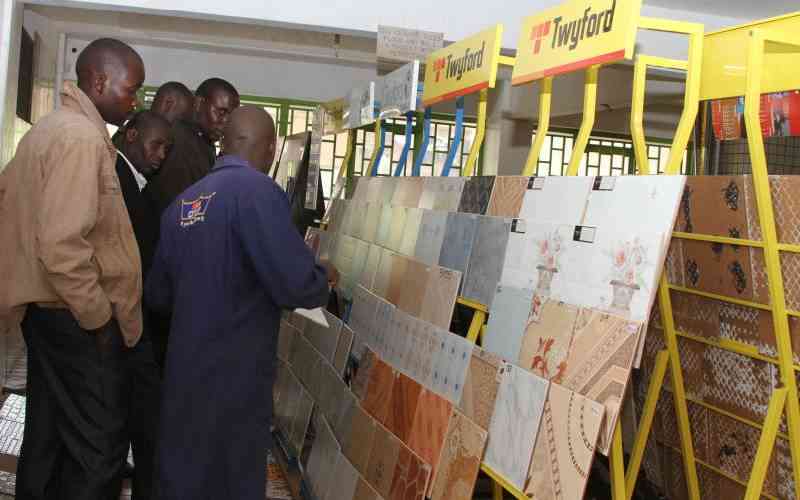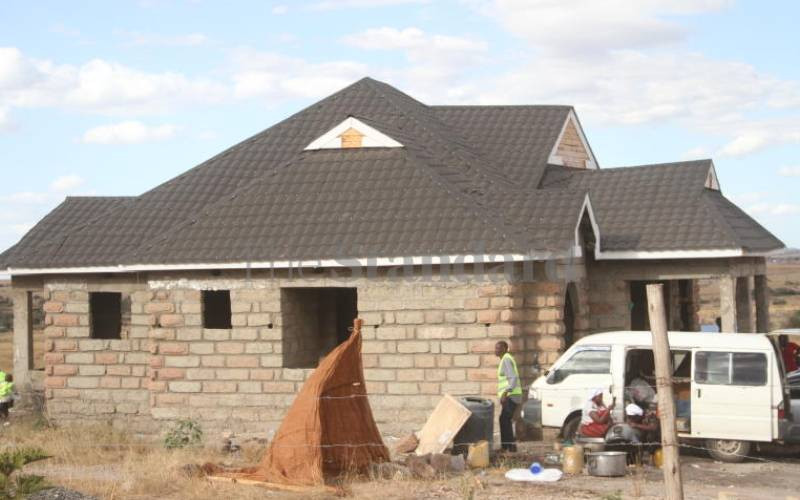
A new financing model is necessary to make homes more affordable amid the high cost of mortgage products, a new report says.
Mainstream financial institutions are losing out on the lower-end housing sub-sector, which is dominated by Saccos, microfinance institutions and village chamas.
The detailed report by Habitat for Humanity (Terwilliger Centre for Innovation in Shelter), the Association of Microfinance Institutions (AMFI) in collaboration with Kenya Mortgage Refinance Corporation (KMRC).
It is titled Research on Systemic Barriers Towards Access and Usage of Housing Finance in Kenya.
The August 2023 document says many developers in the market primarily target the upper middle and high-end market, excluding the low-income segments of the populations yet they are the majority.
It further advocates for restructuring of the mainstream home financing sector to develop products that would serve this sidelined population.
It references data by the State Department for Housing and Urban Development which indicates that of the 50,000 units that come into the market annually, just 1,000 are affordable to the low-end market.
It notes that incremental financing or micro-mortgages have not been fully explored by financial institutions.
Incremental financing is funding of construction of housing in phases.
The market currently does not have such provisions in the mainstream financial institutions, whose mortgage products are long-term.
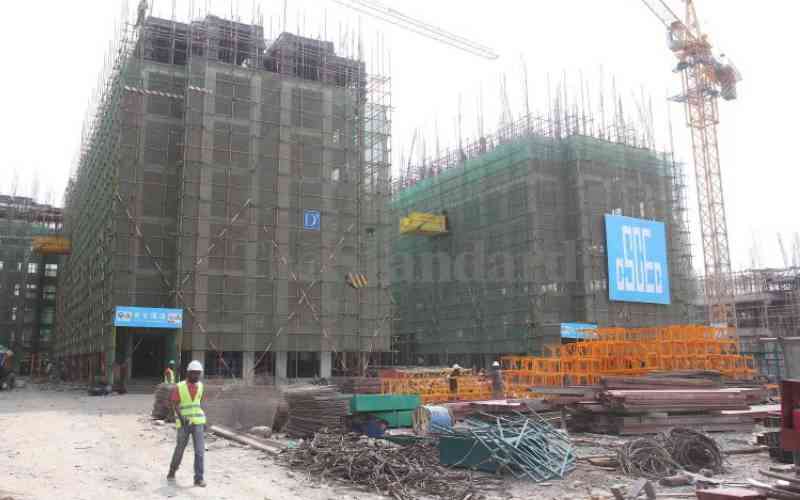
Head of Credit at Caritas Microfinance Bank Sospeter Sitati said when one approaches a bank with a bill of quantity of, say, Sh1.5 million, they have to demonstrate that they can repay that amount and whoever is processing the loan must ensure you qualify for it.
"Anything less will not be financed," he said during the launch of the report that was attended by different stakeholders in the housing sector.
"If a bank was to make a mistake of giving you Sh700,000 instead of Sh1.5 million, you are actually breaking a policy and you (loan officer) will be punished."
However, that is not the case with microfinance institutions, can finance the same customer with Sh500,000 to kickstart the housing project and later keep refinancing in bits as the customer pays until the house is complete.
It was noted during the deliberations that despite the general knowledge that Kenyans build their homes at their own pace, not many financial institutions are willing to optimise this market, which is largely the low income bracket.
"The incremental building is an area that has yet to be well-tapped; therefore, support can be offered to develop digital solutions to support self-build programs that can help the low- and middle-income segment to build incrementally," the report states.
It says that of the 83 per cent of Kenya's population having access to finance, only 11 per cent can afford a mortgage.
This is based on their income bracket where the mortgage need gap is noted to be those earning between Sh50,000 and Sh149,000.
These are also the borrowers targeted by KMRC's single-digit mortgage loans.
The report notes that with an annual deficit of 200,000 units amid the growing urban population, and 86 per cent of the population earning less than Sh40,000, constructing new homes is unaffordable for most.
"In this context, housing microfinance loans can provide an affordable and sustainable solution for incremental building, where households build their homes gradually from savings."
These small loans are provided through housing microfinance products developed by the institutions in a bid to serve the underserved market segment particularly low and middle-income earners.
The loans, whose repayment periods are shorter (compared to mortgages) are usually not classified as mortgages.
This incremental building, the report says, is what has created a demand for housing microfinance products in the country.

"Microfinance institutions offering housing finance in Kenya typically provide small loans to their clients to finance purchase, construction, or renovation of homes.
"These loans are micro-mortgages, with repayments terms ranging from several months to a few years," the report says.
These loans are offered at higher interest than traditional mortgage loans which reflects the higher risk of lending to low income borrowers without collateral.
The report references 2021 data from AMFI, which reported 211 housing loans had an outstanding portfolio of Sh217 million including construction and micro-housing loans.
One of the major steps by the government towards home ownership anchored in the affordable housing agenda is the establishment of KMRC.
Through KMRC, financial institutions can lend to the end customer at a single-digit rate for 20 to 25 years.
This arrangement, however, still locks out majority of Kenyans in need of homes with the report showing that the population in need of mortgage product is those earning between Sh50,000 and Sh149,000.
Those above Sh150,000 are considered high end market and are presumed to be served or should be served by the mortgage products provided by the financial institutions at prevailing market rates.
The low cost segment encompasses 71 per cent of the formally employed population, and they earn Sh20,000 to Sh49,999 as per World Bank data.
Social housing stands at two per cent and for incomes below Sh19,000.
As per these categories, there is potential among the low income category, which the report notes can be unlocked if mainstream financial institutions develop products around micro-mortgages.
It notes that Kenya Women Microfinance Bank, while being the only microfinance bank member of KMRC, has not benefited from the funds due to their model or micro-mortgages not being in sync with what the refinancing company provides.
"This is because KWFT offers short-term facilities mainly catering to incremental building.
However, the KMRC lending model promotes long-term facilities catering to outright purchases and one-off construction," the report says.
KMRC Chief Executive John Oltetia said there is need for the financial structures in the housing sector to be reviewed to develop products for the low-income segments.
"We shall look at financial solutions that provide incremental housing as well," he said.
He noted that village group banking (village chamas) and microfinance institutions have been able to fund housing projects by using social collateral.
This is as mainstream banks would normally ask for title deeds as collateral.
Mr Oltetia said as the industry comes up with innovative products, they must resonate with what the community needs.
"That is why a study of this kind is important so that we are able to see what our people actually need.
He said it is important the industry understands this so that ways are found on how to deal with risks that come with such financial products.
"I think the most fundamental issue around all these is risk management and potentially how we can improve (risk management)," Oltetia said.
 The Standard Group Plc is a multi-media organization with investments in media platforms spanning newspaper print
operations, television, radio broadcasting, digital and online services. The Standard Group is recognized as a
leading multi-media house in Kenya with a key influence in matters of national and international interest.
The Standard Group Plc is a multi-media organization with investments in media platforms spanning newspaper print
operations, television, radio broadcasting, digital and online services. The Standard Group is recognized as a
leading multi-media house in Kenya with a key influence in matters of national and international interest.


